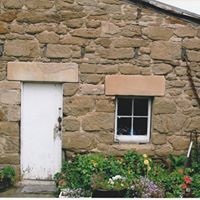Which "allegedly" unique item would you find in the Cathedral of Valencia, Spain?
Twice a year a small chalice is taken out of a chapel at the back of the Cathedral of Valencia and placed at the heart of the church. This is the alleged Holy Grail: the cup used by Christ at the Last Supper with the apostles. Although the Catholic Church has never officially confirmed that this is in fact the real item, for quite some time now there is strong evidence, among scholars, that it may be.
Spanish art historian Ana Mafé García received her Ph.D. after researching the value of the Holy Grail for tourism. She writes that there is a 99.9% chance of the chalice kept in Valencia being the "real" Holy Grail. Based on the form and the measurements of the chalice, she concludes that it’s of ancient Jewish heritage. To be precise, the chalice dates back to the time of King Herod the Great, the father of the Herod who is such a prominent figure in Christ’s passion. Furthermore, according to Mafé García, besides the fact that the stone used for the chalice can only be found in the Holy Land, it also “represents the tribe of Judah, of which Jesus of Nazareth was also a member.”
The Chalice of Valencia is an agate dish with a mounting. The bowl may date to Greco-Roman times, but its dating is unclear, and its provenance is unknown before 1399 when it was gifted to King Martin I of Aragon. By the 14th century, an elaborate tradition had developed that this object was the Last Supper chalice.
Popes John Paul II and Benedict XVI used the chalice during mass in Valencia.
More Info:
en.wikipedia.org






